Political Law at Greenland (Denmark)
Greenland is an autonomous territory within the Kingdom of Denmark, and its political law is shaped by both Greenlandic self-government and Danish constitutional law. Greenland has significant political autonomy, but it remains under the sovereignty of Denmark. Here's an overview of the political law in Greenland:
1. Constitutional Framework
Greenland is an autonomous territory within the Kingdom of Denmark, and its political system is governed by several key legal documents and frameworks:
The Kingdom of Denmark Constitution (Grundloven): The Constitution of Denmark applies to Greenland, but Greenland's political autonomy means that it has considerable control over its internal affairs. The Constitution ensures Denmark's sovereignty over Greenland, but it also allows for self-governance through the Greenlandic Parliament.
Self-Government Act (2009): The Act on Greenlandic Self-Government, passed in 2009, is a critical legal framework that outlines Greenland's political status. It allows Greenland to have its own government and legislature and to control many domestic affairs, including education, health, and natural resources.
The Greenlandic Parliament (Inatsisartut): Greenland has its own parliament, the Inatsisartut, which is responsible for making laws on most domestic issues. The parliament has 31 members, elected by the people for a four-year term.
2. Structure of Government
Greenland’s political system is characterized by a parliamentary democracy with a clear division between the executive, legislative, and judicial branches. The main elements include:
Executive Power: The executive power is vested in the Government of Greenland (Naalakkersuisut), headed by the Prime Minister (formally called the Chairperson of the Government). The Prime Minister is the leader of the largest party or coalition in the Inatsisartut and is responsible for the daily governance of Greenland.
The Prime Minister appoints other members of the government, who serve as ministers in charge of specific areas like finance, education, health, and natural resources.
The Danish Monarch (through the Kingdom of Denmark) represents the head of state, but their role is largely ceremonial.
Legislature: The Inatsisartut (Greenlandic Parliament) is the legislative body. It consists of 31 members who are elected by the people of Greenland. The parliament passes laws related to issues within Greenland's jurisdiction, such as health, education, and natural resources. The Inatsisartut’s laws are not subject to approval by Denmark, except in certain matters such as foreign affairs and defense, which remain under Danish control.
Judiciary: Greenland has its own judiciary, which is responsible for applying the law within Greenland. Greenland's courts are part of the Danish court system, and cases can be appealed to the Danish High Court (Højesteret). Greenland’s own courts have jurisdiction over most domestic matters, though Denmark maintains jurisdiction in some legal areas such as criminal law.
3. Political Parties
Greenland has a multi-party system, with several political parties representing different ideological perspectives. These parties operate within the framework of Greenland's autonomy and often focus on issues specific to Greenland, such as the management of natural resources, economic development, and relations with Denmark.
Siumut: One of the most prominent political parties in Greenland, traditionally advocating for Greenlandic self-determination and a focus on the welfare of Greenland's citizens.
Inuit Ataqatigiit: Another key political party, often focused on promoting Greenlandic culture, language, and the welfare of indigenous Inuit populations.
Democratic Party (Demokraatit): A centrist party, emphasizing economic growth and development while maintaining strong ties to Denmark.
4. Self-Government and Autonomy
Greenland enjoys substantial autonomy from Denmark, particularly in domestic matters. Under the Self-Government Act of 2009, Greenland was granted even greater autonomy, including control over a wide range of internal affairs. The key elements of the act include:
Control over Natural Resources: Greenland has control over its natural resources, including mining and energy, which are crucial to the economy. The government of Greenland makes decisions regarding the extraction and management of these resources.
Fiscal Autonomy: Greenland has more control over its budget and taxes. However, Denmark still provides financial support, especially for areas that are not economically sustainable, such as defense and foreign policy.
Language and Culture: Greenlandic is the official language, and cultural preservation and development are central to Greenland’s governance.
5. International Relations
While Greenland is part of Denmark, it has some autonomy in foreign policy, particularly in areas affecting Greenland directly. Under the Self-Government Act, Greenland has the right to enter into certain international agreements related to its economic interests and local affairs. However, Denmark maintains control over defense and foreign relations.
European Union (EU): Greenland was a part of Denmark in 1973 when Denmark joined the EU, but Greenland voted to leave the EU in a 1982 referendum. Greenland remains outside of the EU, but it has special relationships with the EU in areas like trade and fisheries.
6. Relations with Denmark
Greenland's relationship with Denmark is shaped by the historical context of colonialism and the desire for greater self-governance. Greenland was a Danish colony until 1953 and later became an autonomous territory. Despite its political autonomy, Greenland continues to maintain a relationship with Denmark in areas like:
Foreign Policy and Defense: Denmark is responsible for Greenland’s foreign policy and defense, which has implications for Greenland's ability to engage in international relations independently.
Financial Support: Denmark provides significant financial aid to Greenland, particularly for areas like infrastructure, healthcare, and education. However, this financial relationship is under constant negotiation, especially as Greenland seeks more control over its economic future.
7. Elections and Political Participation
Greenland holds elections for the Inatsisartut (parliament) every four years, with all citizens of Greenland, aged 18 and older, eligible to vote. The elections are competitive, with multiple parties vying for control of the parliament and the Prime Minister's position.
Voter Participation: Greenland has a relatively high voter turnout, reflecting the deep engagement of its citizens in the political process.
Political Activism: Political participation in Greenland extends beyond just voting. There is strong public interest in debates around issues such as economic development, environmental protection, and Greenland's future relationship with Denmark.
8. Human Rights and Political Freedoms
Greenland is a part of the Kingdom of Denmark, which is a democratic state that upholds the principles of human rights and political freedoms. These rights are guaranteed by both Danish and Greenlandic law. The Greenlandic Constitution ensures protection for civil liberties such as freedom of speech, freedom of assembly, and the right to participate in the political process.
Conclusion
The political law of Greenland is shaped by its status as an autonomous territory within the Kingdom of Denmark. While Greenland enjoys significant autonomy in domestic matters, such as education, health, and natural resources, Denmark retains control over foreign policy, defense, and some financial matters. The political landscape is characterized by a parliamentary democracy with strong engagement from the public, and the relationship with Denmark continues to evolve, with discussions about further independence from Denmark remaining a key issue in Greenlandic politics.


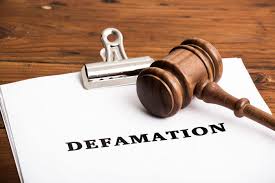



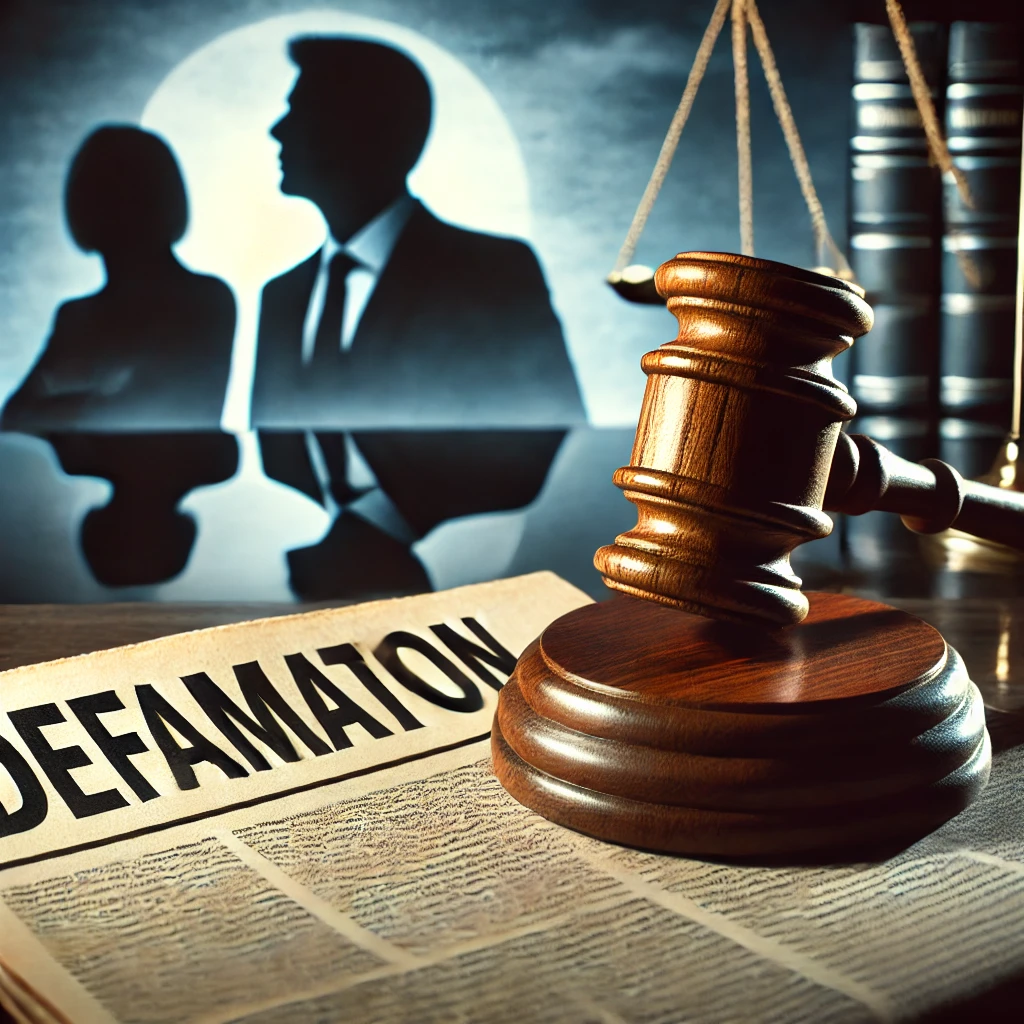
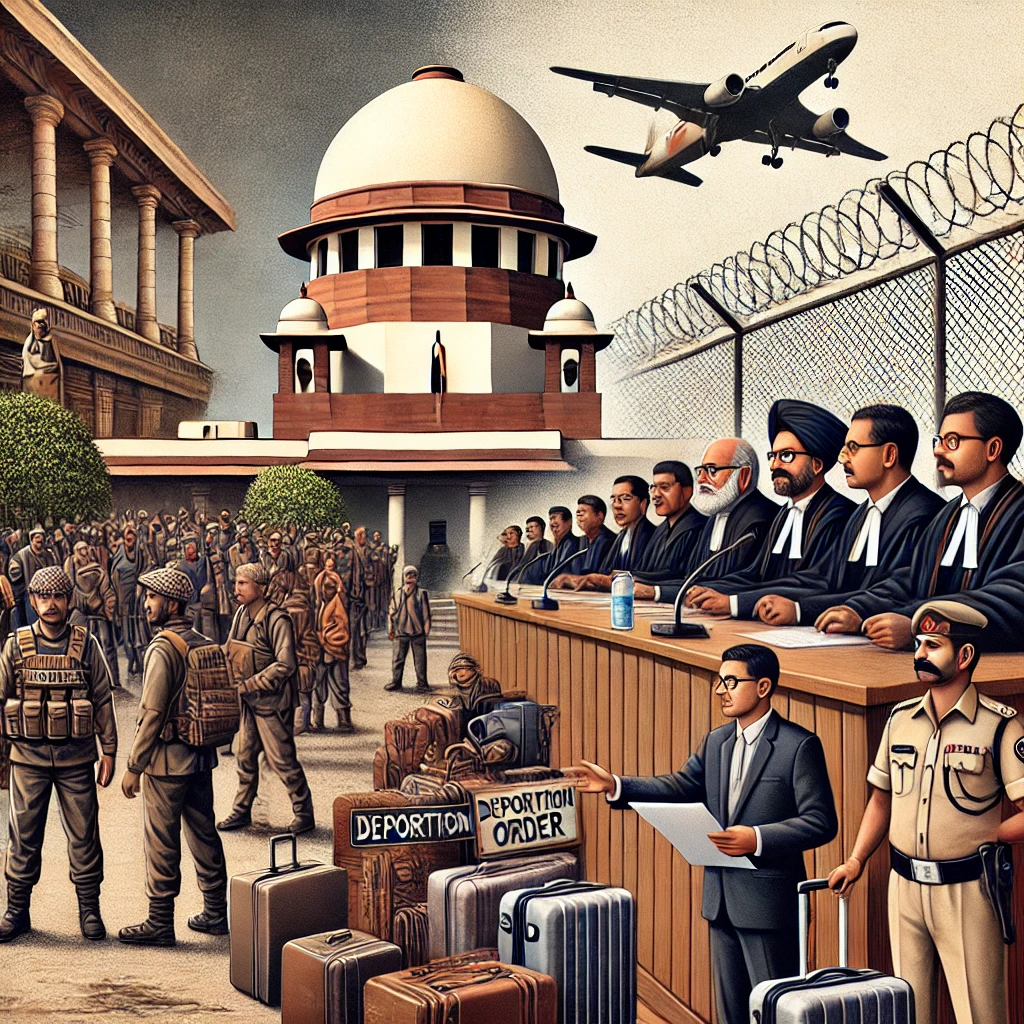

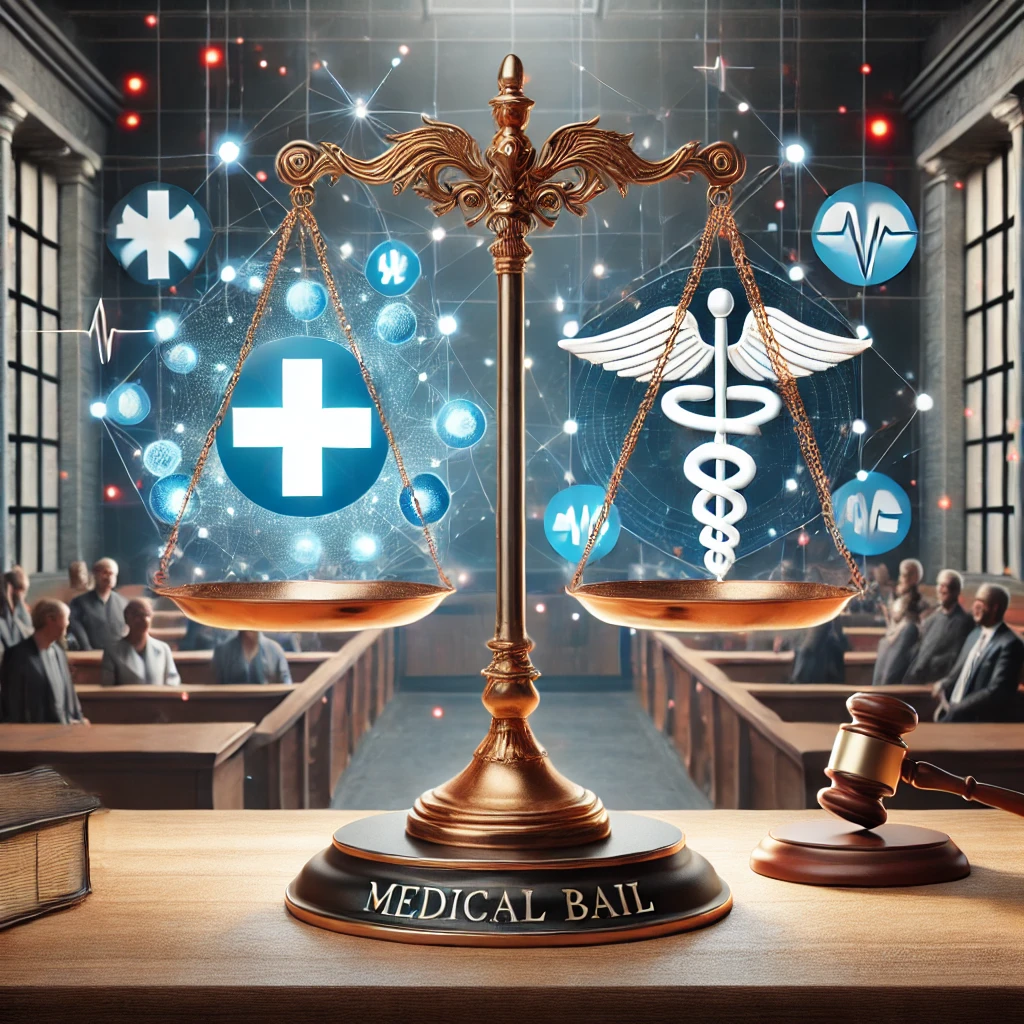







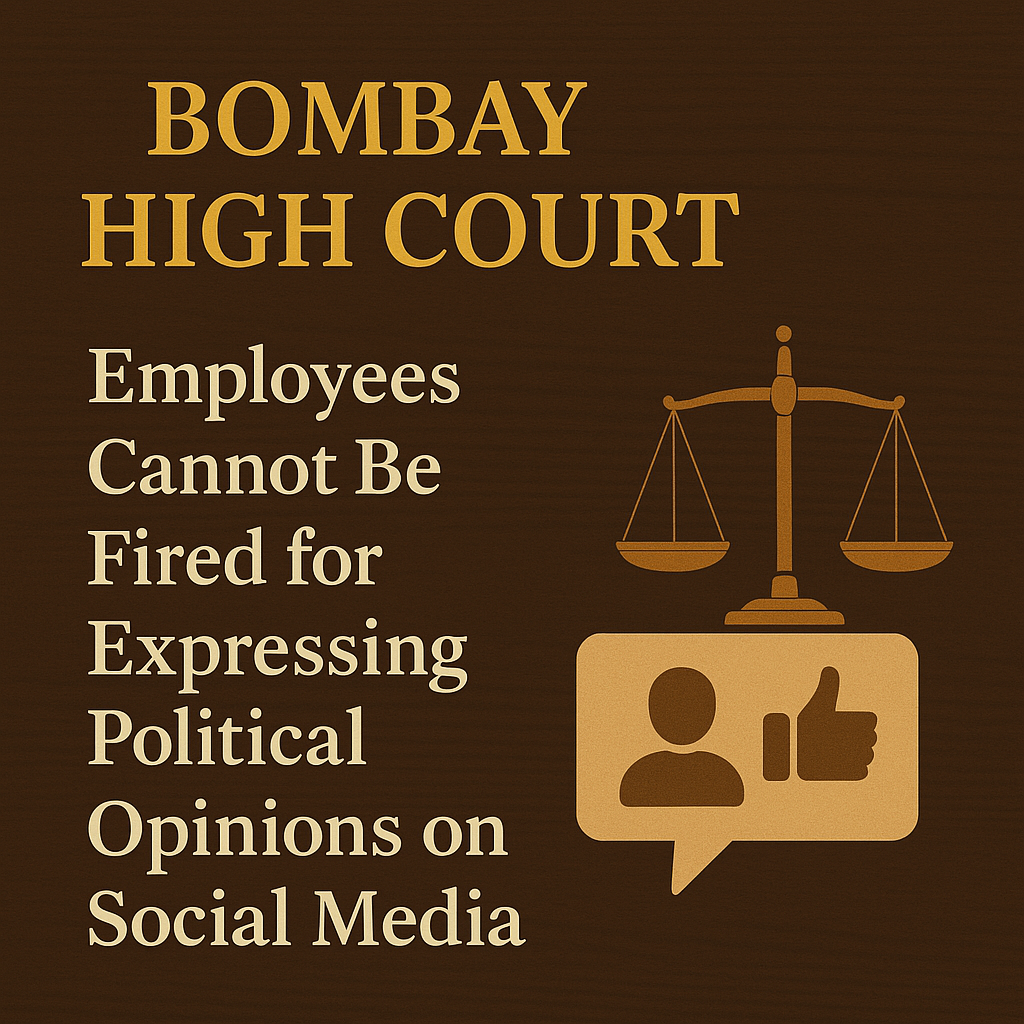



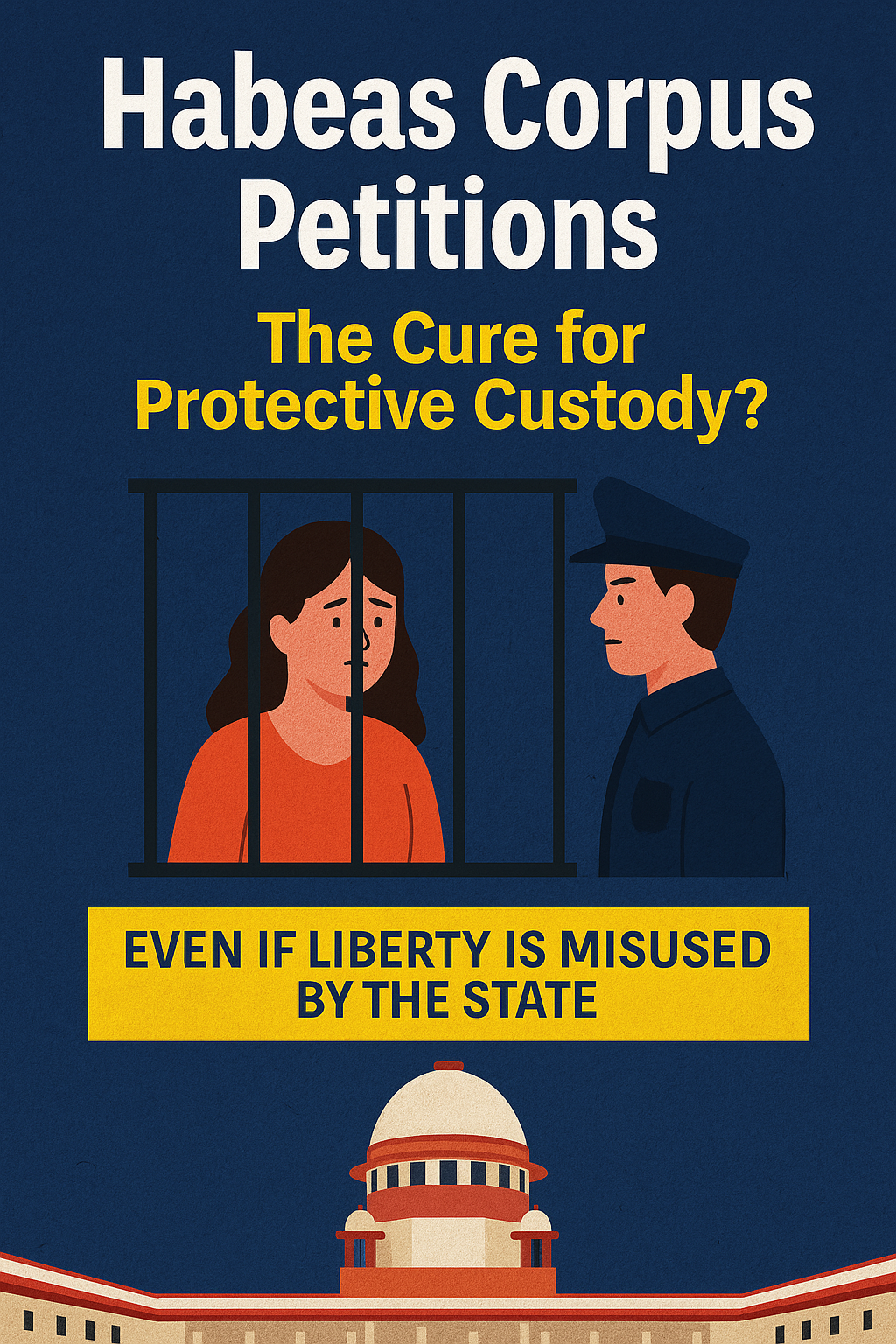
0 comments